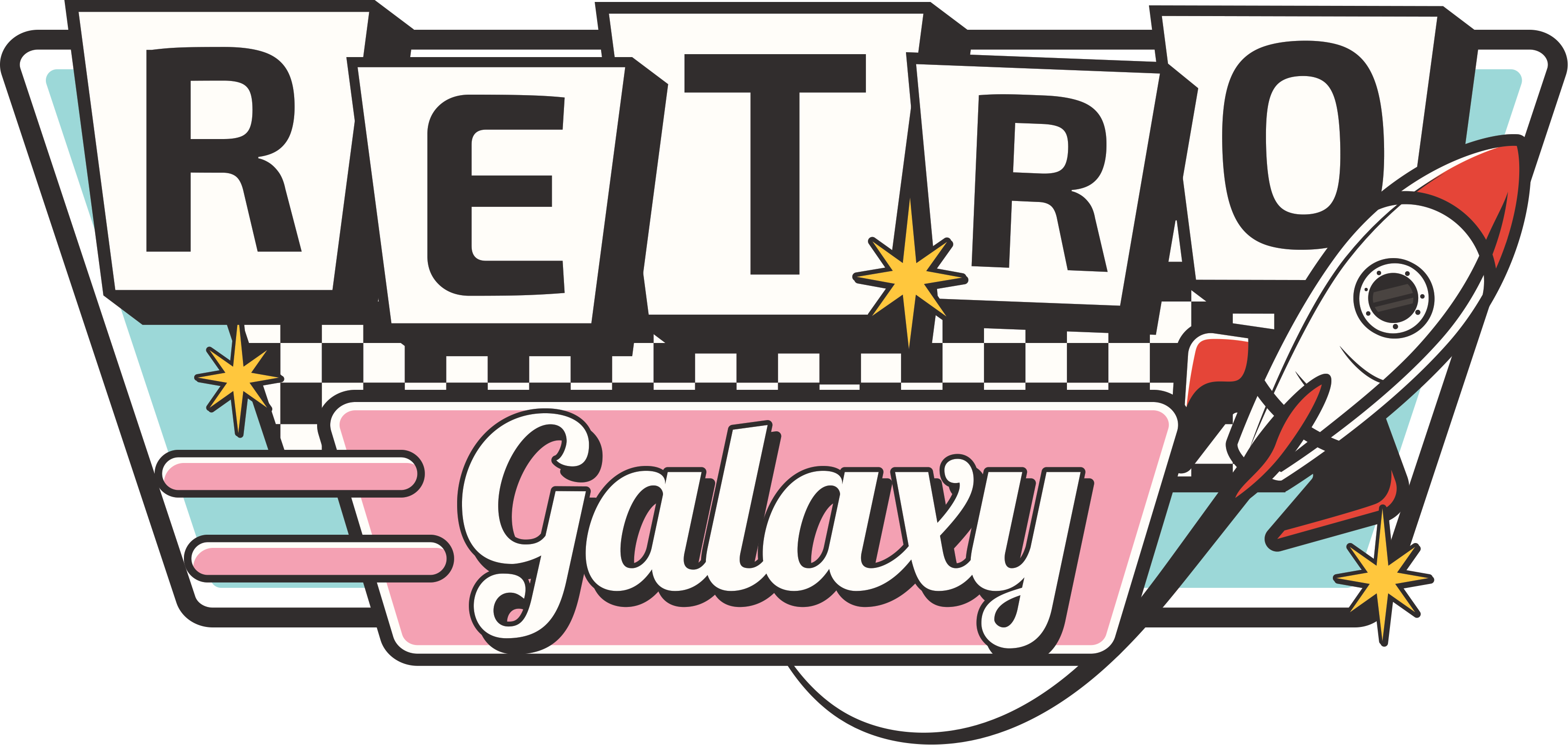The Mods were a subculture that emerged in the United Kingdom around the 1950s.
They began in London before spreading throughout Britain as well as other parts of the world, and they still exist today, but on a much smaller scale.
This article will be going into detail on this subculture, as well as discuss what kind of music they liked to listen to.
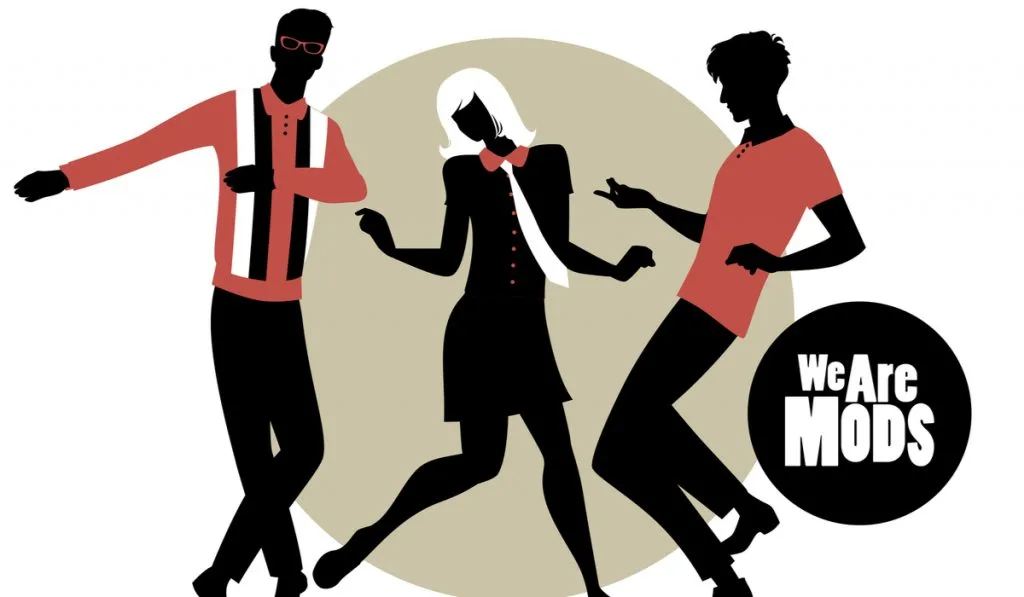
Mods – a Subculture
A subculture is defined as “a group of people who share interests or values”.
This can range from anything from fashion trends to hobbies, such as playing an instrument or listening to certain types of music.
The Mods were a subculture that arose during the 1950s in the UK. They started in London, then spread across Britain, and eventually spread to other countries. These are still alive today, but on a smaller scale.
The Mods were a subculture of teenagers and young adults who listened to jazz music.
They wore clothing such as tailor-made suits and thought of themselves as modernists since they listened to modern jazz.
They also had long hair, usually with sideburns, and they drove scooters such as Lambrettas or Vespas.
Originally, the mods were known to enjoy amphetamine pills and dancing all night at different clubs.
The Mod Clashes
As the Mods grew in recognition and began spreading throughout Britain in the 1960s, they began to clash with other known subculture groups, such as the Rockers.
The clashes between the Mods and Rockers are very well-known today, and their conflicts sparked a lot of media coverage.
Stanley Cohen, a sociologist who studied subcultures, coined the term ‘moral panic’ in his study, as the people of Britain would refer to both groups as violent.
They were known for having physical fights, which is what led to the moral panic of youth subcultures being violent.
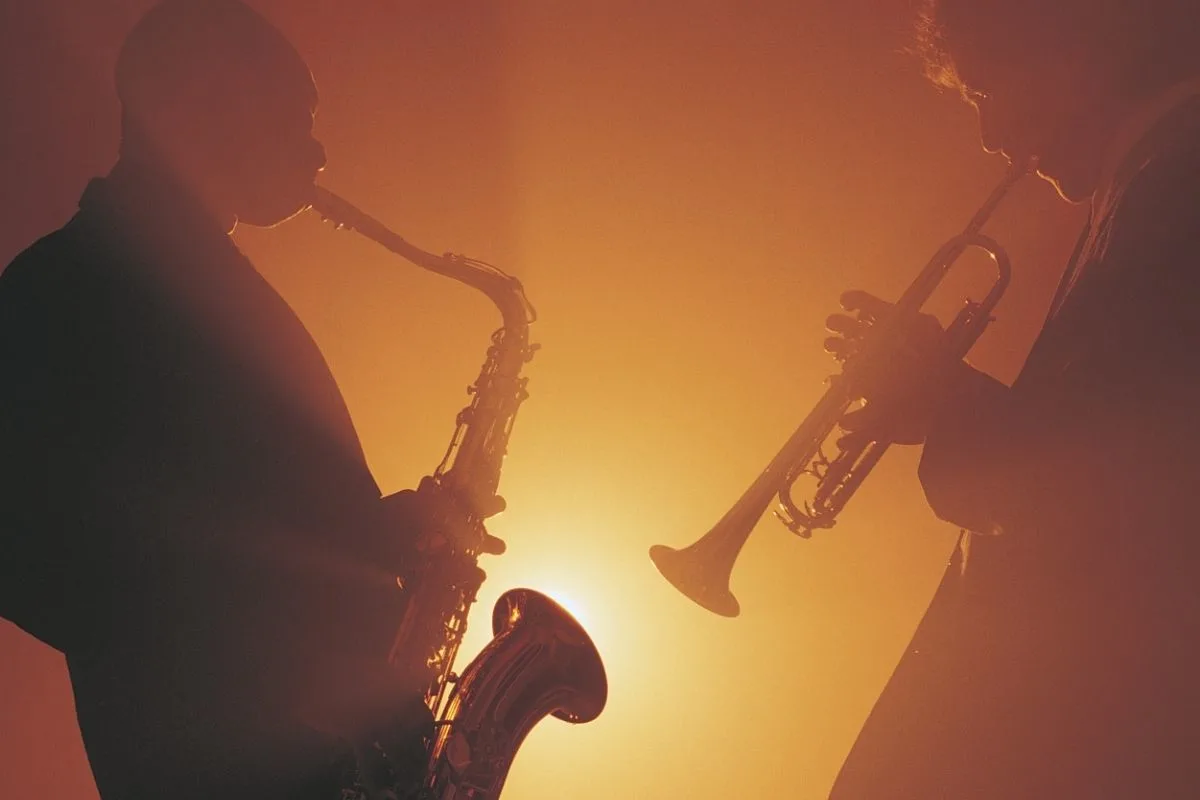
Fashion and Music
The Mods had money to spend, and they enjoyed spending it in the highest regarded jazz clubs and on the best slim-fitted suits.
They wanted to distance themselves from the way others lived, such as their parents, so their sense of style was a way to uniform their societal beliefs.
The Mods took their fashion inspiration from Europe, and loved the Italian look of slim-fitted suits and riding Vespa and Lambretta scooters.
In 1963, they became very well-known nationally, and while their Rocker rivals met at cafes and raced motorcycles, they enjoyed night cafes and dancing at jazz clubs.
Early Mods enjoyed modern jazz musicians, such as Charlie Parker, and Miles Davis.
They also listened to American Rhythm and R&B artists such as Muddy Waters and Bo Diddley.
Their music interest was a mix of psychedelic rock and soul and jazz, and as they loved dancing and showing off their moves, they would frequently be seen in clubs such as The Marquee and The Flamingo in London.
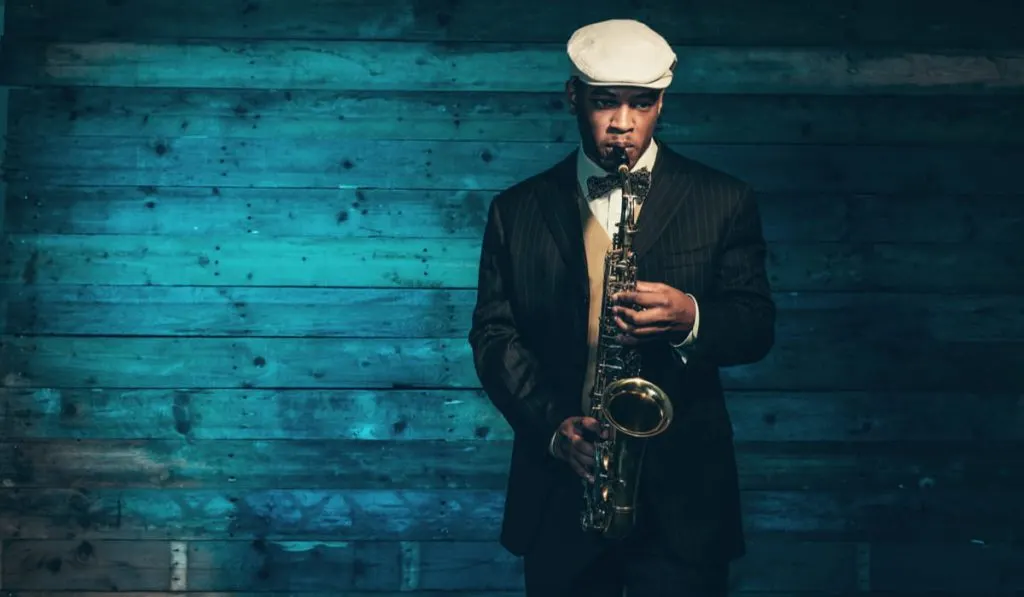
Famous bands such as The Who, and The Smoke had many Mod followers and during the revival in the late 1970s (which we will go into detail on later) The Jam attracted many mod fans, with Paul Weller, the band’s frontman, being known as ‘The Modfather’.
While they enjoyed jazz music as they began to emerge in society, during the mid-60s they began to listen to power pop-rock groups, such as The Who and The Small Faces.
In 1966, the Mods went into decline because of the rise of punk rock and hippies. This was when the Mod culture started to fade away, but it did not die out completely until the late 70s.
Amphetamines
The Mods really enjoyed the recreational use of amphetamines, which they would take during their all-night dance parties at their favorite clubs.
In the 1960s, these drugs were legal, and this subculture group would enjoy taking these drugs as they would make them feel more alert, as opposed to the intoxication from alcohol.
Some stated that the high from the amphetamines would give them that extra confidence and ‘cool’ image that they were known for.
Some argue that this amphetamine use is similar to the association of cannabis with the hippie culture.
Scooters
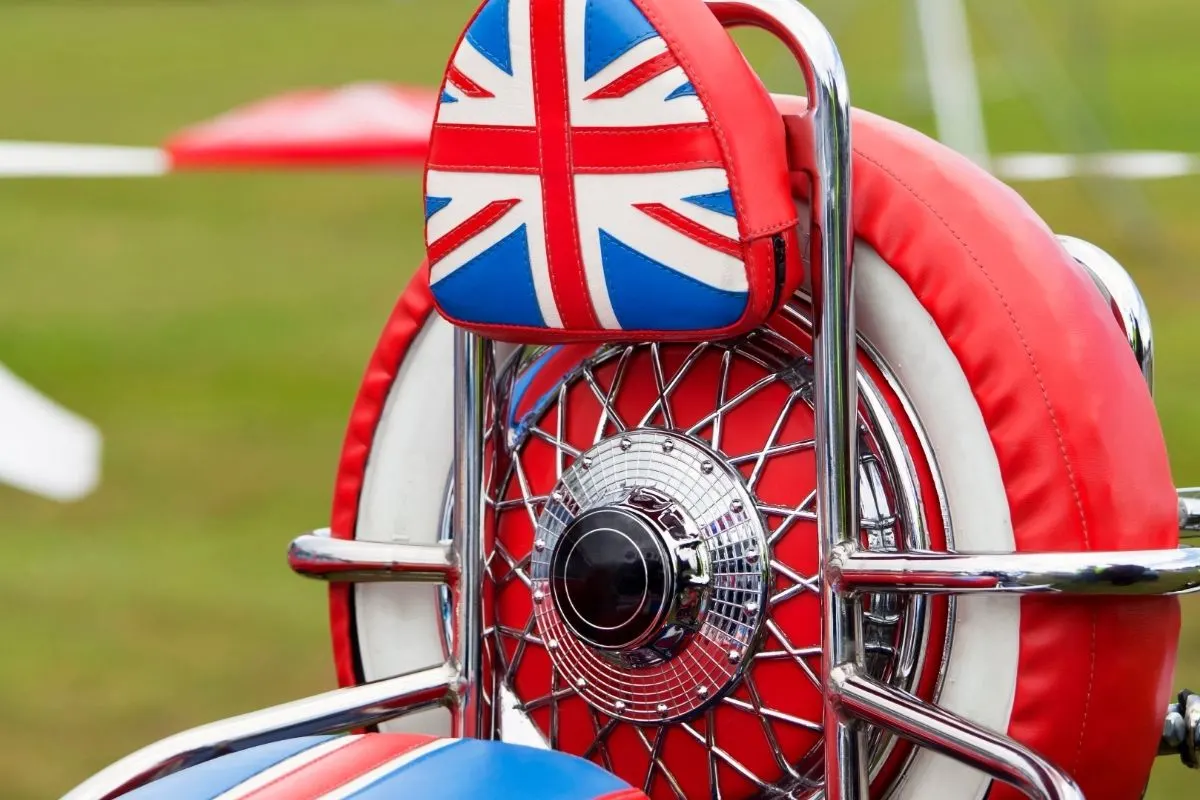
As mentioned, a big part of the mod culture was the use of scooters.
As the use of motorcycles was prominent in their rival group, the Rockers, these scooters were an iconic statement that the mods were known for.
They were a convenient form of transportation, with them being relatively cheap for youngsters, but soon they became a fashion staple.
The Swinging London Period
During the 60s, London was going through a variety of transformations on its own.
The swinging sixties, as it is known, was a period where attitudes changed, and after a while of post-war austerity, people were ready to embrace life and party.
Fashion was brought to the forefront (skirts became very short) as well as art, creating a somewhat cultural explosion.
There was so much happening in London that the BBC even created a television show called “Swinging London”.
Music was also changing, and bands like The Who and Small Faces were immensely popular.
The Mod culture was very compatible with the cultural changes that were happening during the swinging sixties, with their fashion carrying a ‘street style’ that influenced many people.
Mod Revival
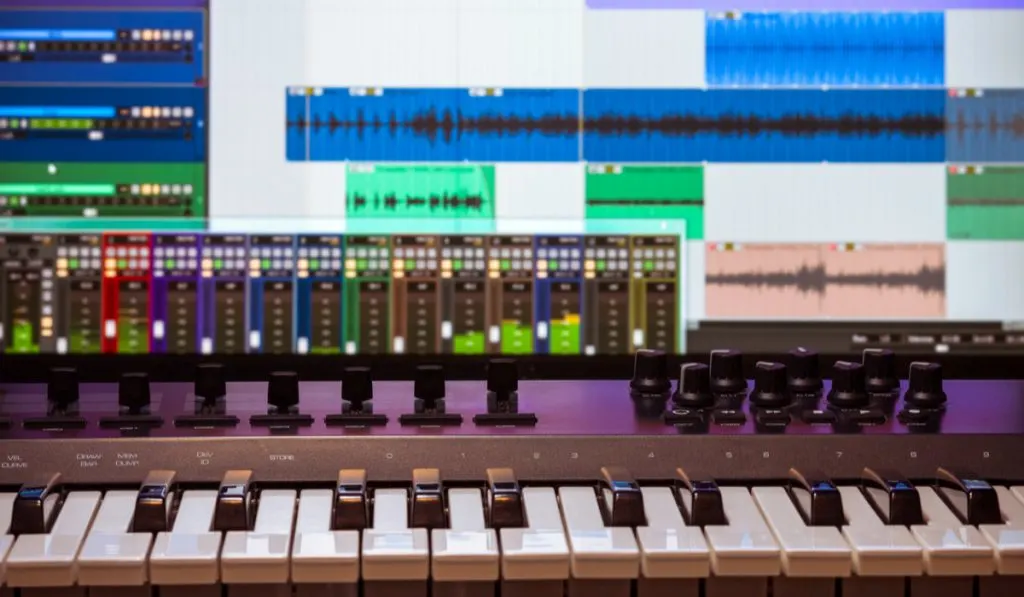
The psychedelic rock and hippie culture became very popular and are what led to the decline in the Mod subculture.
However, in the 1970s, there was a Mod revival, which was inspired by the film ‘Quadrophenia’ in 1979.
Thousands of Mods gathered in scooter rallies around Scarborough and Isle of Wight in order to revive this subculture.
There was also a revival in North America in the 1980s, which was led by the band The Untouchables.
This revival was known for its diversity, as Black, Asian, Hispanic, and white individuals all came together for this revival.
In the 90s, much of the Mod culture was evident in the Britpop scene, with bands such as Oasis and Blur showing characteristics of the Mod culture.
Final Thoughts
The Mods were an iconic subculture in British history, and they have led to some of the most universally known fashion and lifestyle staples of British culture that we see today.
Their favorite music was modern jazz, which then evolved to psychedelic rock and R&B.
